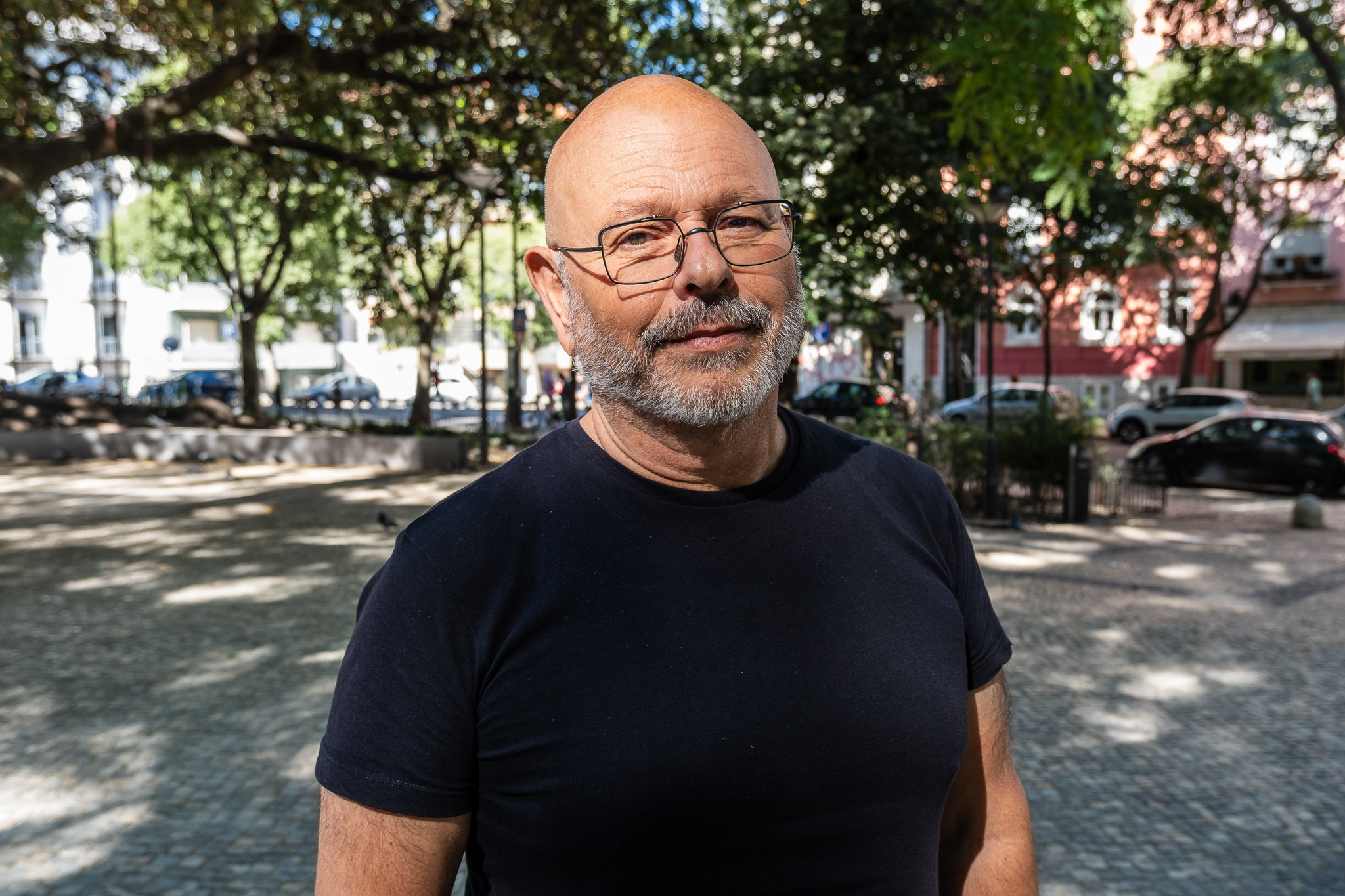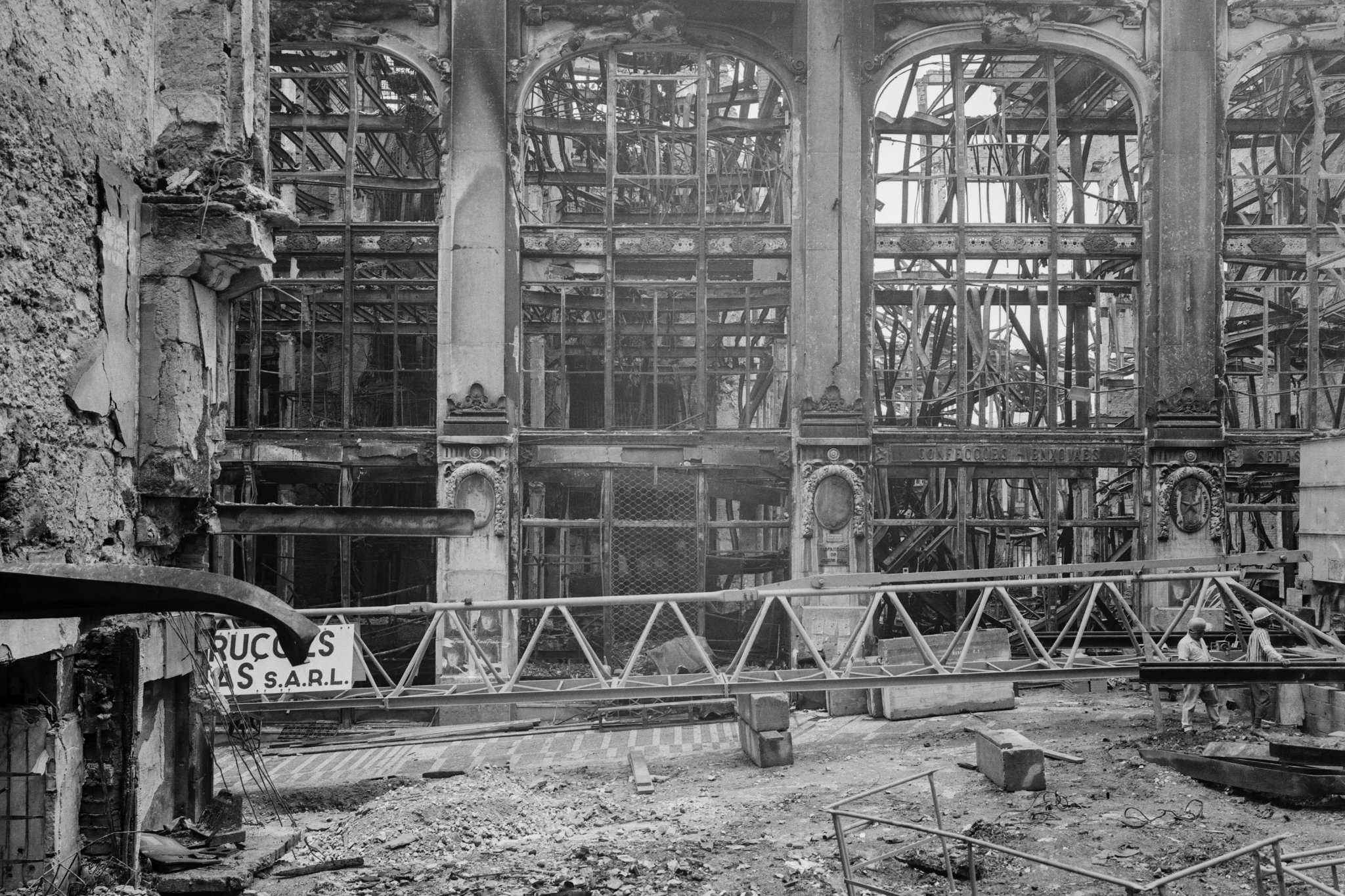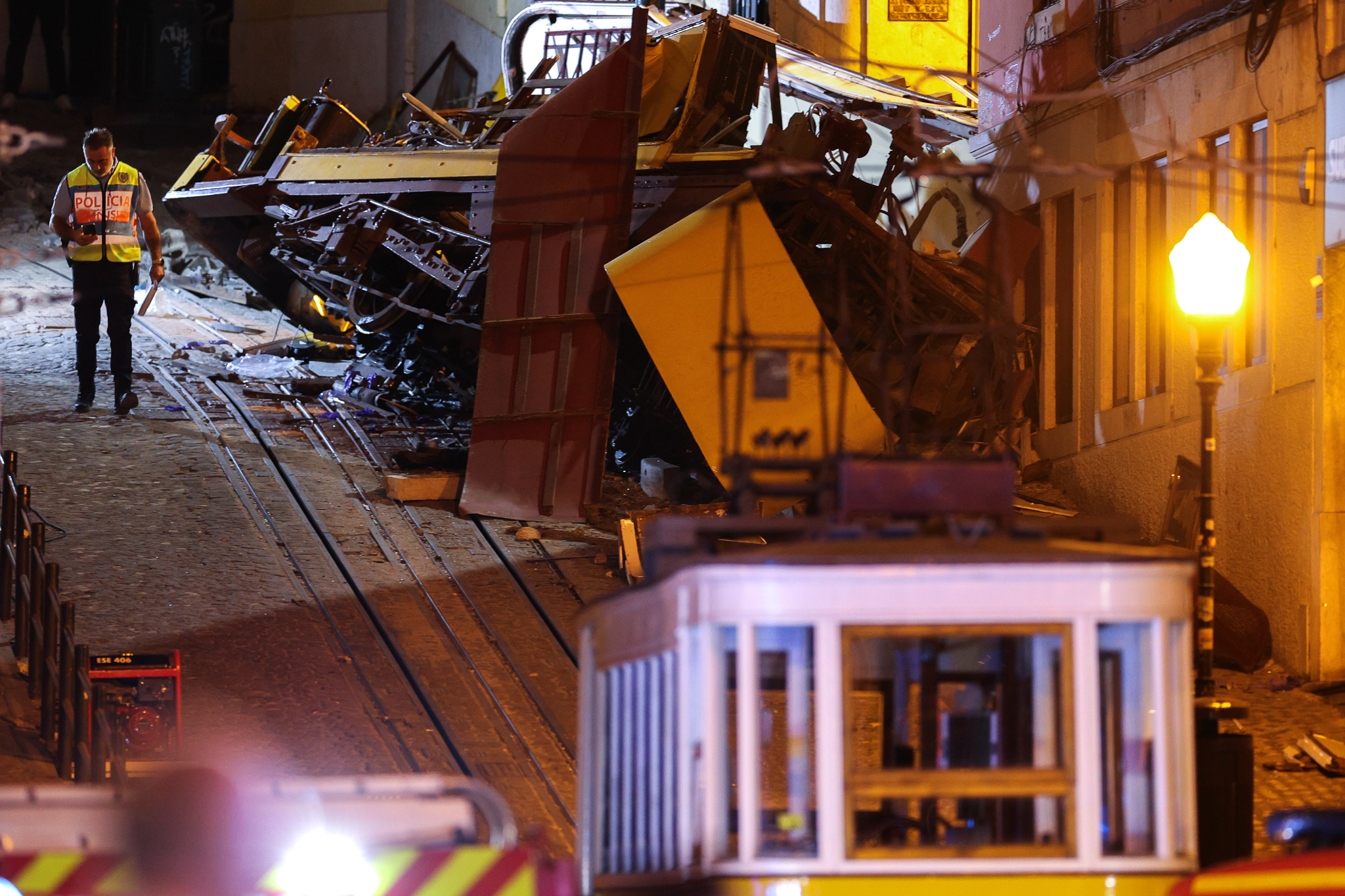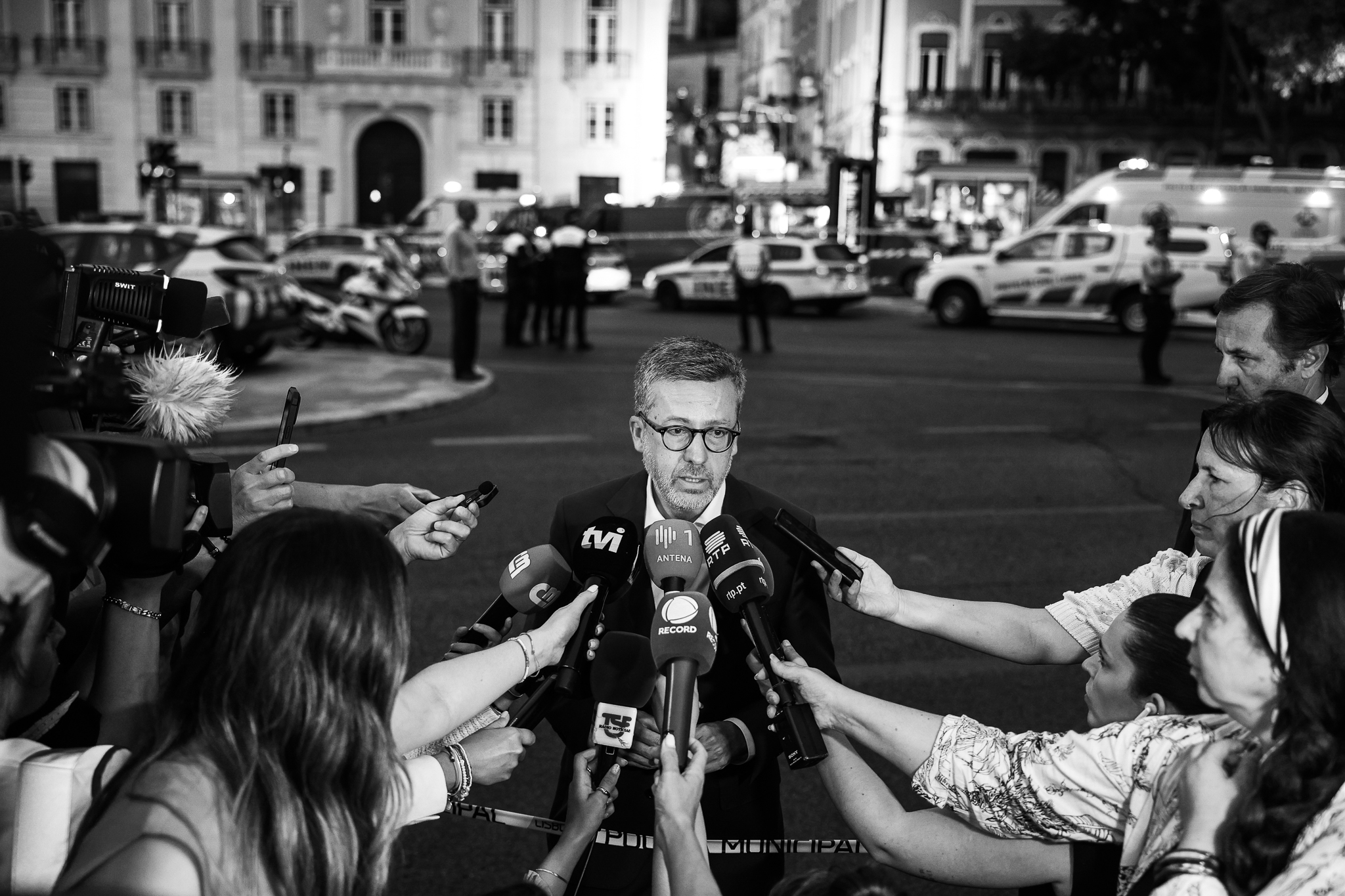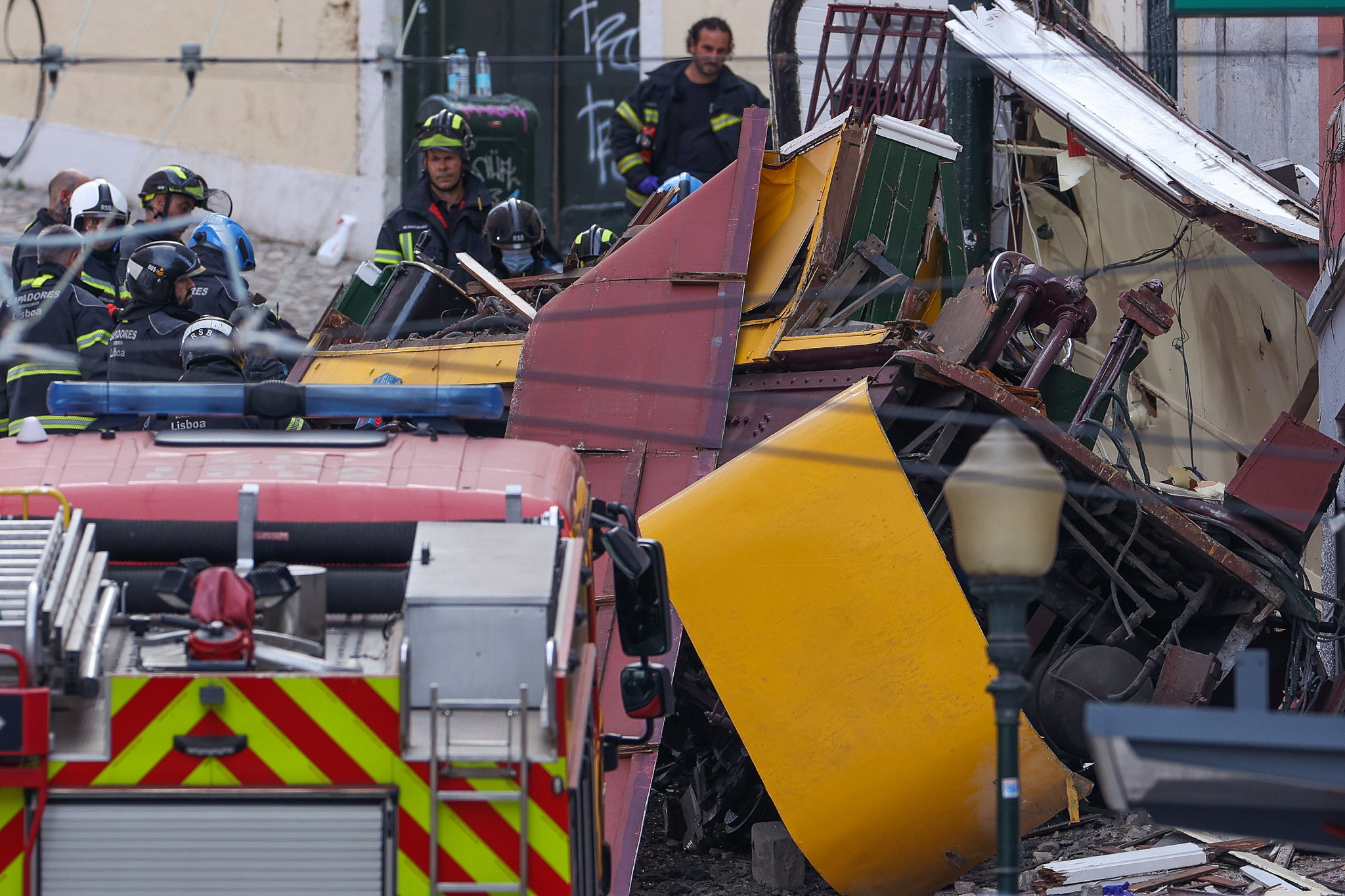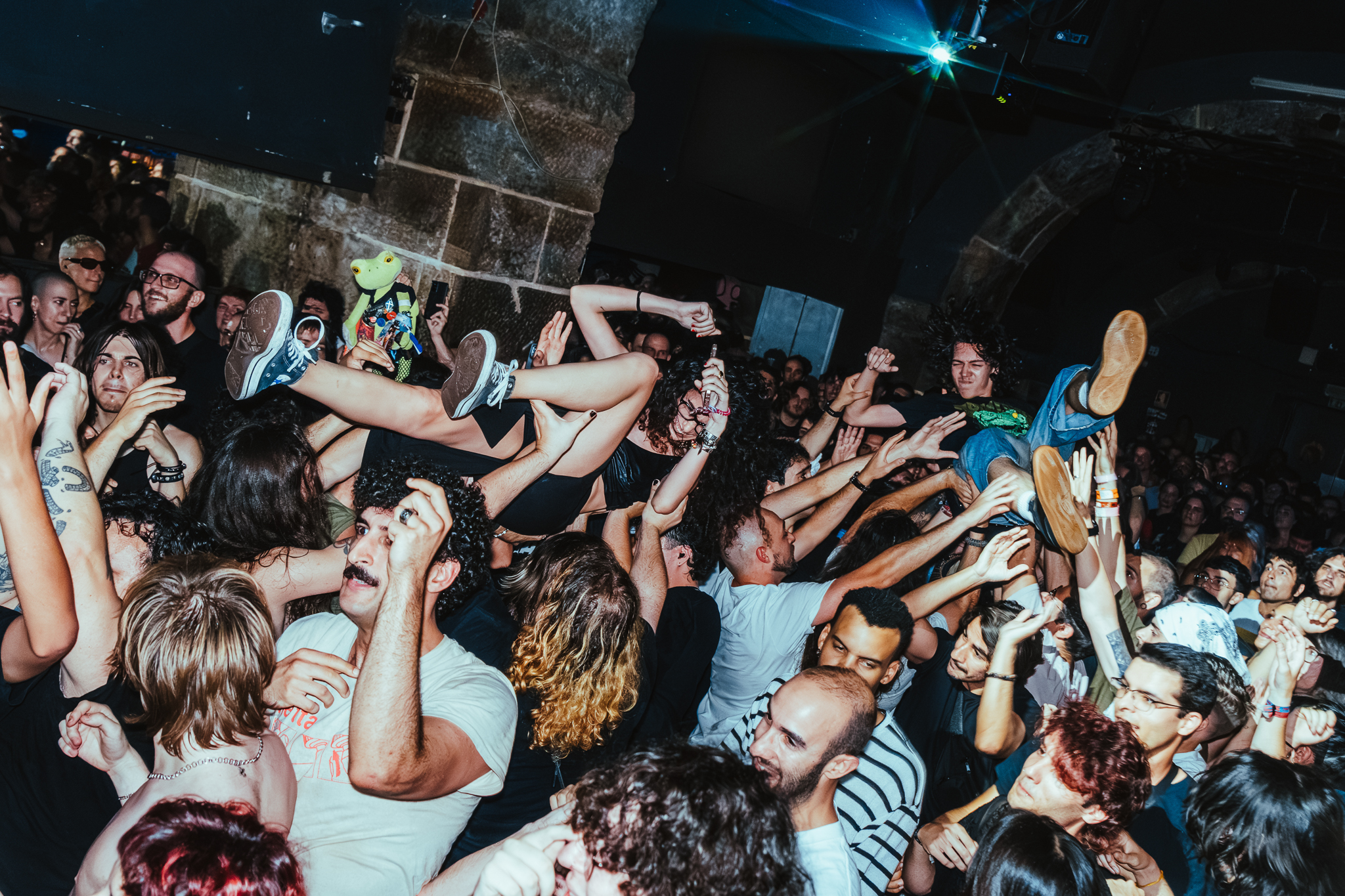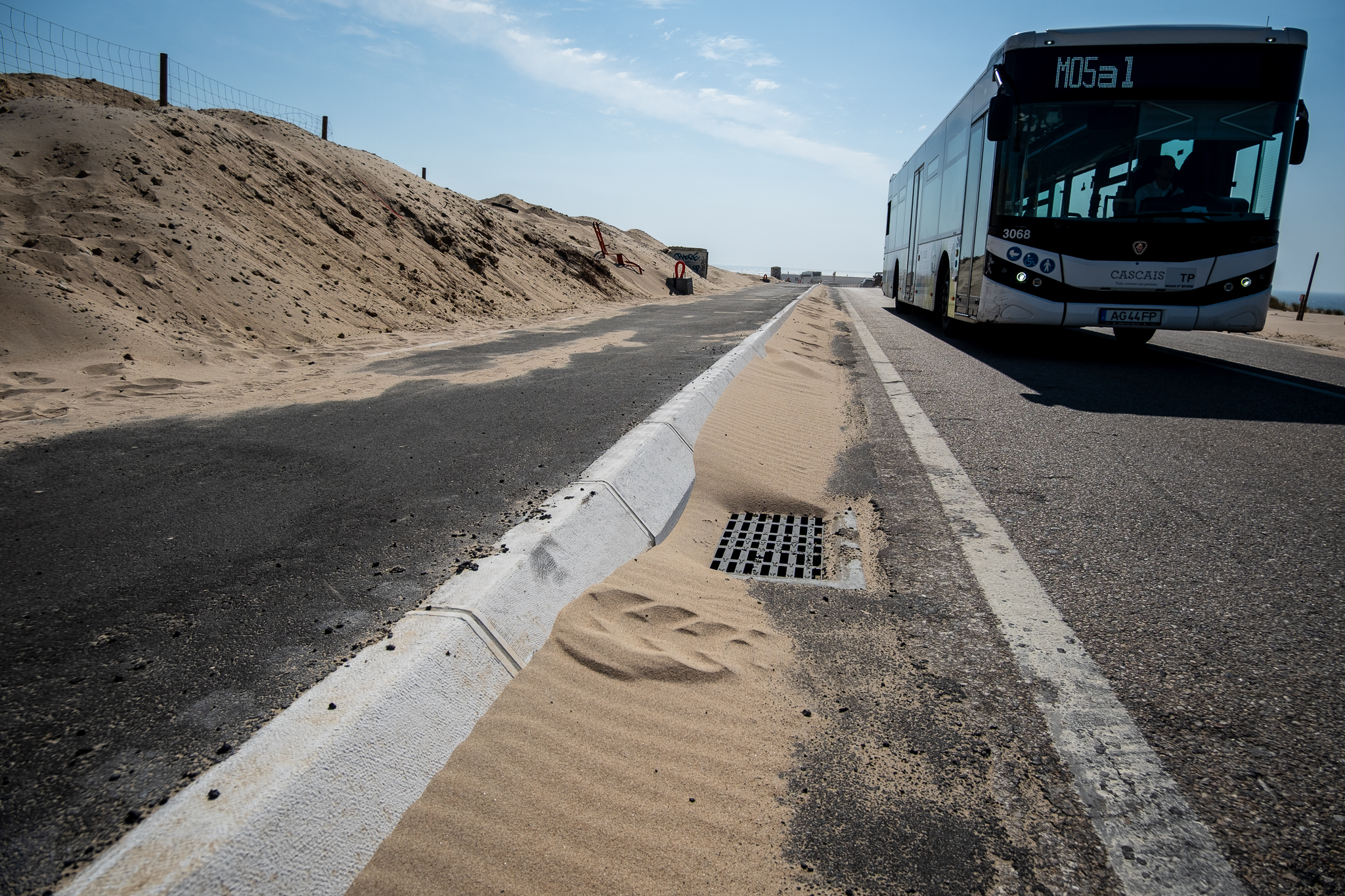"The current Carris network, the so-called Rede7, is from the first decade of this century. It is practically 20 years old. It's time for a profound revision of the network," said Carris President Pedro Bogas in a recent interview.

It was in 2006, 16 years ago, that Carris set in motion its last major network renewal, known as Rede 7. A change resulted in a new numbering - the buses were now identified with a third initial number, 7 - in the renewal of schedules, frequencies and routes, the extinction and merger of careers and also adjustments in ticketingwith the introduction of the 7Colinas card, which later originated Viva Viagem and, more recently, the Navegante. Not all lines at the time were integrated into the new Rede 7, keeping the numbering they had; this step was taken two years later, in 2008in the second phase of the network renovation.
Carris changed in 2006 and 2008 with the expansion of the Lisbon Metro. In 1998, the subway network had gained two new lines, the Green Line (with the disconnection of the section between Restauradores and Rossio) and the new Red Line; also in that year, the Blue Line reached the Baixa-Chiado. In 2002, Olivais station opened on the Red Line and the Green Line was expanded to Telheiras. In 2004, the Yellow Line arrived in Odivelas and the Blue Line in Amadora. And in 2007, the Metro started to stop at Terreiro do Paço and Santa Apolónia.
The Lisbon Metro is now in a new expansion phase. In 2024should have new stations in Estrela and Santos (serving the Madragoa neighborhood); and in 2026will reach Amoreiras/Campolide, Campo de Ourique, Infante Santo (with elevator to the Lapa district) and Alcantara. A new line is also planned, the Violet Line, for light rail in Loures and Odivelas. These changes and the "city dynamics and growth" push Carris to rethink the networkas announced by the president of the municipal company, Pedro Bogas, in a recent interview to Antena 1.
Process of at least three years
"The current Carris network, the so-called Rede7, is from the first decade of this century. It is practically 20 years old. It's time to make a deep revision of the network"said the administrator to Antena 1. Pedro Borgas understands that in the last few years "adjustments to the city's dynamics and growth" but that these network adjustments - such as new stops or occasional changes in routes - are "patches" only and that "there comes a time when you need to rethink the whole network again".
A Network Review "it is a complex process, which cannot be done every five years, but there is moment when it has to be done"explained the President of Carris, adding that "a process that can never be done in less than three years". "As early as next year, we will start contracting out the studies along these lines"he said, referring to a "more technical work" from "analysis and diagnosis of the network's weakest points" that needs to be done. In other words, a work of identification of the parts of the city that Carris does not currently cover as it should, and to understand how to remedy these weaknesses. "We have some notion, but we need a more scientific analysis"he detailed.
"Then, depending on that work, and taking into account the size of our fleet and the offer we can provide, we have the second phase, which is a phase of communication and implementation of the new fleet"According to him, it is important that the transition from the old network to the new one is smooth for passengers "who are used to a given service and to certain careers". Pedro Bogas said that this issue is being "now very visible" in Carris Metropolitana, which results from a review of the entire road transport network in the Lisbon Metropolitan Area.
Carris could have had intervention in Carris Metropolitana
The President of Carris admitted that the choice of the name 'Carris Metropolitana' for the brand of the new metropolitan public transport service has created some confusion and that the company has received several complaints that should have been addressed to Carris Metropolitana and TML, which manages this brand. "It was a choice of the past and a political choice" e "I think that little by little people will realize that brands are distinct and that they are managed by distinct entities"He added that the confusion between the names will have been greater for out-of-town passengers. "Carris ended up having no intervention in Carris Metropolitana. The model could have been for Carris to participate in the capital of Carris Metropolitana".he admitted.
You can listen to the complete interview of Carris President, Pedro Bogas, to Antena 1 here. Here are some more highlights from the interview:
- according to Carris, have already been issued 50,000 free passes for those over 65 and students up to the age of 23, with 13-14 thousand passes being new passengers compared to the pre-pandemic period (2019). The ambition is to reach 70,000 free passes by November 15;
- a demand at Carris is already at 93% of the values recorded in 2019. Until August, Carris carried 81 million passengers and wants to reach 135 million by the end of the year, 10 million less than in 2019. Pedro Bogas who says that Carris is managing to take 125 thousand cars out of the city. In 2025 he hopes to reach 160 million (150 thousand fewer cars);
- Carris expects 100 million in fare revenue this yearwith profits of two million - a decrease from 2021, due to an increase in energy costs. O investment will reach 20 million this year, 3 million more than in 2021;
- a On-board fare and the rest of Carris' occasional fare pricing will not increase in 2023by following the no increase in passesenacted by the Government;
- at 2023, 50% of Carris fleet will be powered by clean energy (electricity and natural gas). Next year, it will give priority to replacing the small buses on the Neighborhood Routes that still run on diesel with electric vehicles By 2030, the goal is to reach 100% of clean energy;
- Carris available for offer health insurance and a free Metropolitan Navegante pass to all its workers.

